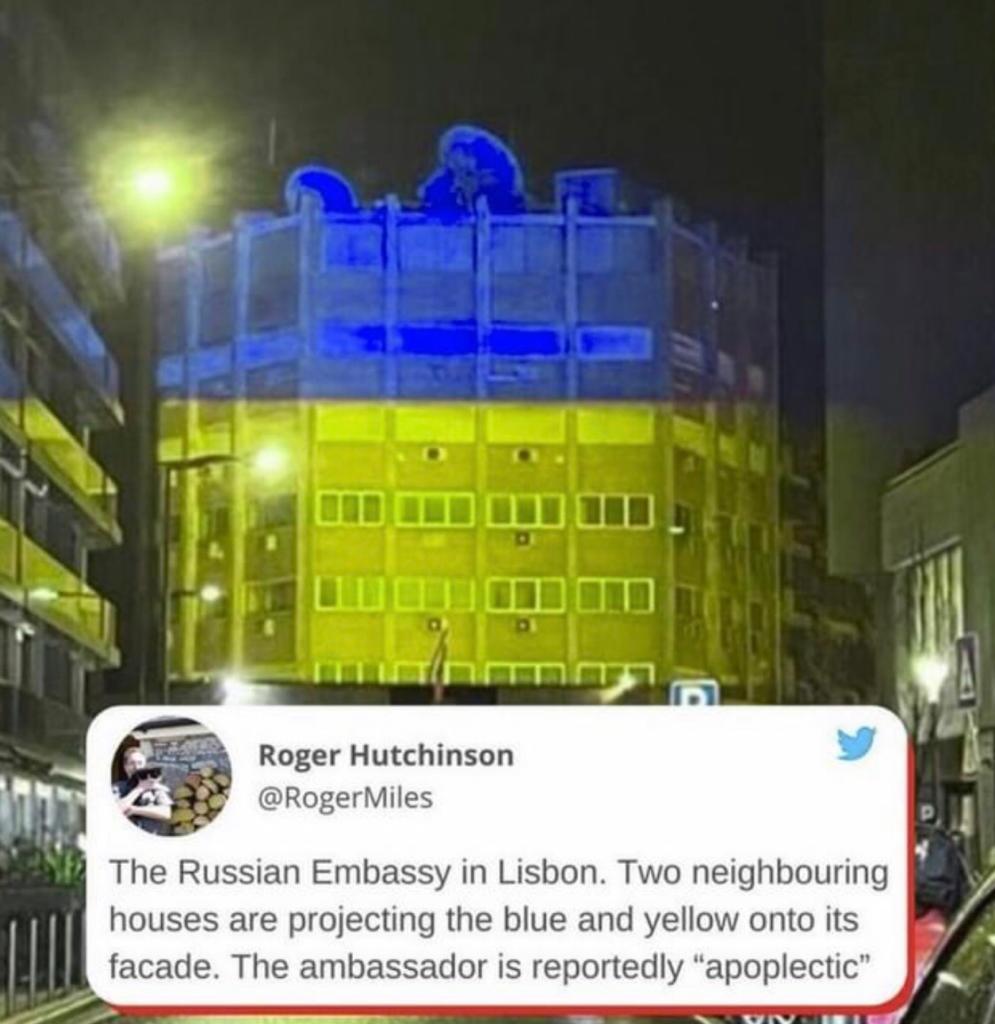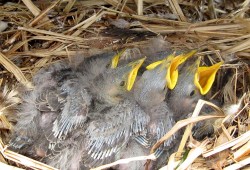Women’s colleges should admit trans students. It’s wholly consistent with their mission.
Rebecca Brenner,
January 10, 2019 — The Washington Post
A new front has opened in the college culture wars: Should women’s colleges accept transgender students? Kassy Dillon, founder of Lone Conservative, articulated the conservative answer for the Wall Street Journal last month, asserting that women’s colleges have abandoned their feminist legacy by welcoming trans men. For Dillon (who, like me, graduated from Mount Holyoke), students who were assigned male at birth or who transition to male jeopardize the identity and reputation of women’s colleges as educational spaces for women.
Dillon’s take, however, is based upon a historical fallacy: It considers both feminism and the values of women’s colleges to be static things. It assumes that Mount Holyoke has been animated by a 1960s-style feminism since its founding in 1837, only to have been corrupted in recent years by a new, oppressive feminism. In reality, however, Mount Holyoke’s brand of feminism has been ever-changing.
Since 1837, American women’s colleges have striven to provide opportunities for women to pursue their goals. At different moments, those goals included training for missionary work, meeting romantic partners or, most recently, pursuing a career. Yet even as these goals have changed, the motivating force has remained the same: a mission rooted in public service and social justice.
Mary Lyon, a pioneer in women’s higher education, founded Mount Holyoke College as the first permanent, all-female institution of higher education in the United States. Establishing a women’s seminary was a radical act in a society where women were not expected to be educated. But although radical, Lyon’s mission was neither liberal nor feminist, at least not in the modern sense of those terms. Instead, she was partly motivated by a devout evangelical Protestantism specific to the nation’s religious revival of the early 19th century.
As such, Lyon’s school aimed to prepare women to travel worldwide to spread evangelical Protestant Christianity, democracy and capitalism. Mount Holyoke’s extant physical education requirement sought to prepare students to be fit for travel. Thus, imperialism, anathema to modern-day radicals, was central to the founding mission of the college.
After the Civil War, schools such as Barnard, Bryn Mawr, Radcliffe and Smith joined Mount Holyoke in teaching women, developing the network that we now call the Seven Sisters. These colleges were founded for different purposes than Mount Holyoke was, although not always for more progressive ones. For example, part of the motivation behind the founding of Radcliffe was educating women who sought Harvard-level studies, while keeping them out of Harvard.
Meanwhile, as Catholic and Jewish students started attending Mount Holyoke, the mission moved away from Lyon’s religiosity and proselytizing. By the turn of the 20th century, women’s colleges were no longer primarily associated with evangelical missionaries. Religion transitioned from an explicit objective of women’s higher education to an implicit driving force, one pushing students toward progressive activism and advancing social change.
Indeed, while religion may have become less important to these schools, the service part of their missionary identities remained foundational. Women’s colleges contributed significantly to the progressive movement of the early 20th century, steering students toward vocations in which they could channel what they learned into social reforms through institutions such as Hull House, a settlement home for mostly poor and immigrant women in Chicago. Women’s colleges moved from preparing women to be missionaries to preparing them for the careers then open to women, such as social work and labor reform, as well as being pioneers in social reform.
After World War II, wealthy, mostly white women attended women’s colleges to earn a degree, and many hoped to meet veterans attending partner Ivy League institutions on the GI Bill. However, total retreat into the domestic sphere wasn’t what most women wanted, as Betty Friedan’s “The Feminine Mystique” made clear.
In 1957, Friedan, a graduate of Smith College, polled her 1942 college classmates to research and write “The Feminine Mystique.” She argued that educated women did not feel fulfilled as housewives, inspiring generations of women to champion their own equality in the workplace and society.
Second-wave feminism progressed so quickly at women’s colleges that when Friedan spoke at Mount Holyoke in 1965, students shouted, to no avail, for Friedan to support legal abortion. At the same time, second-wave endeavors to subvert the patriarchy remained dominated by privileged, cisgender women, particularly at women’s colleges.
Throughout this history, one thing has remained constant at women’s colleges in the United States: an ethos of adapting in response to social change has remained at the core of their educational values.
It is highly consistent with that ethos, therefore, that in the fall of 2014, Lynn Pasquerella, the president of Mount Holyoke, announced that the college would accept all women, regardless of anatomy at birth.
Conservatives, however, tend to see trans identity and inclusion as a project of the social-justice-warrior left, the latest salvo in progressives’ efforts to overturn the historical nature of women’s colleges. They imagine that a benign feminism has shaped these institutions since the 1830s, one that reached its fruition by offering an elite education for women while connecting them to men at partner Ivy League institutions. But this vision was never the animating mission of women’s colleges.
Dillon advanced this false narrative when she claimed that “the women’s college movement started with Mount Holyoke. Now it appears our campus will be the hill feminism dies on.” But Dillon’s portrayal of “feminism” misses the true mission of schools such as Mount Holyoke.
Contrary to Dillon’s claims, accepting trans women and including trans men aligns with the historical legacy of women’s colleges: preparing a new generation of leaders for public service and advancing social justice. Barring transgender applicants would betray this mission. This is profoundly important on the campuses that offer the most freedom from patriarchy.











You must be logged in to post a comment.